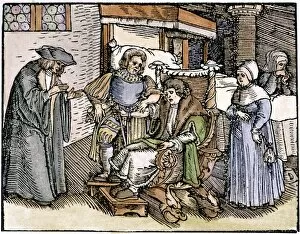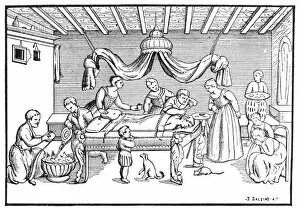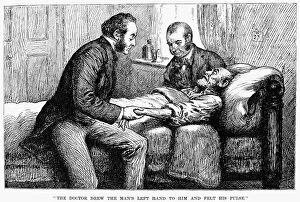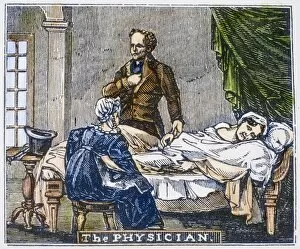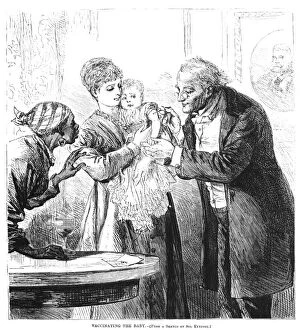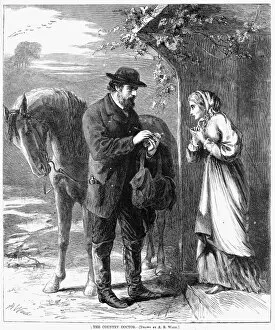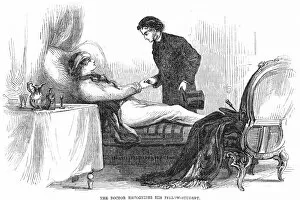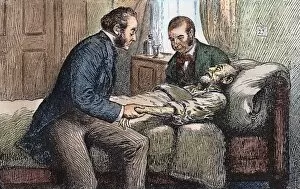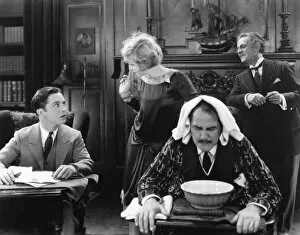House Call Collection
"House Call: A Journey Through Medical History" Step back in time as we explore the fascinating world of house calls and medical practices throughout history
All Professionally Made to Order for Quick Shipping
"House Call: A Journey Through Medical History" Step back in time as we explore the fascinating world of house calls and medical practices throughout history. From ancient times to modern days, doctors have been making their rounds, bringing healing and hope to patients in need. In 1497, a doctor delicately inspects a urine sample of a female patient, trying to diagnose the mysterious ailment that plagues her. This glimpse into medieval medicine reminds us of how far we've come in understanding and treating diseases. Fast forward to the late 18th century when Dr. Elisha Perkins uses a quack metallic tractor, depicted humorously by James Gillray in his cartoon. Although such methods may seem absurd today, they were once believed to possess miraculous healing powers. The concept of house calls has always held an air of importance and care. In an American lithograph from 1877, we witness a physician diligently visiting a sick patient at home. This image captures the essence of personalized healthcare before hospitals became the primary setting for medical treatment. Moving ahead to more recent times, Sir Bernard Partridge's English cartoon from 1945 portrays iconic leaders Churchill, Roosevelt, and Stalin as doctors discussing global affairs after their meeting at Yalta. It serves as a reminder that even amidst political negotiations, health concerns are never far behind. Honore Daumier's lithograph from 1847 adds a touch of humor with its portrayal of an anxious patient convinced they are consumptive. The doctor listens attentively while reassuring them with expert knowledge and bedside manner—a timeless scene that still resonates today. As technology advanced over centuries so did medical tools like the "Doctors Bag, " showcased through screen print artistry in 1967. These portable kits contained essential instruments needed for house calls—symbolizing convenience and efficiency during those crucial visits.









